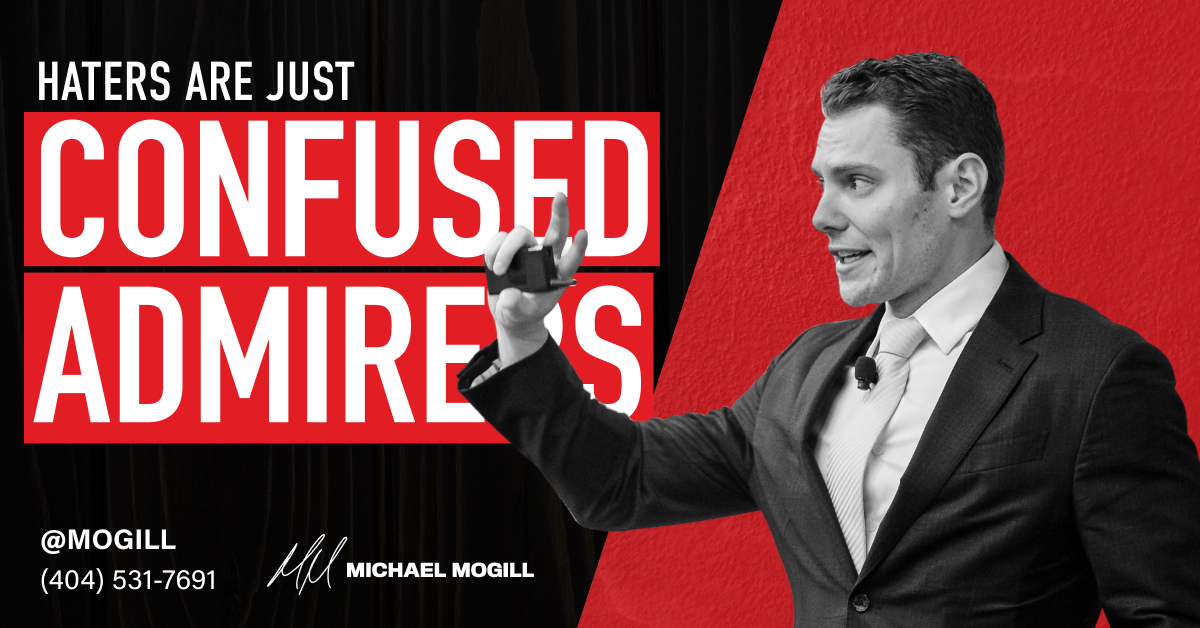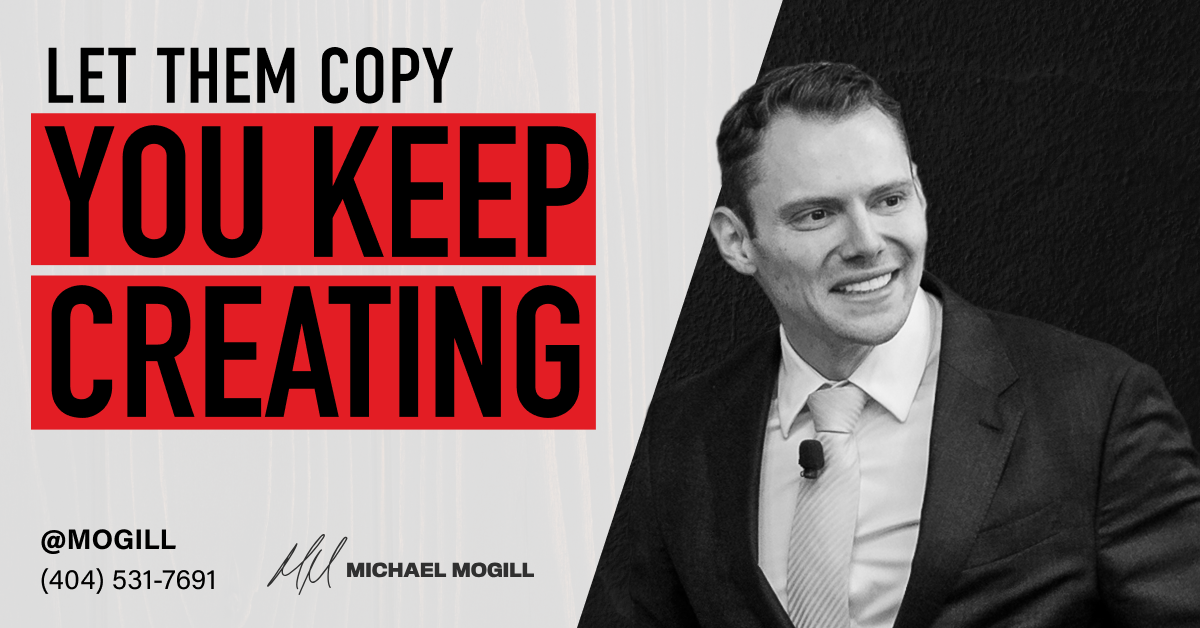Have you ever found yourself frustrated by unproductive meetings, lackluster team performance, or goals that seem to stall out before they gain momentum? If so, you’re not alone. But the solution to those problems may be a hard pill to swallow. Here’s the uncomfortable truth: every problem is a leadership problem. And if something’s not working, it’s time to look inward and ask yourself, “What can I be doing better?”
This isn’t about placing blame. It’s about taking ownership. Leadership isn’t just about setting the vision — it’s about creating the conditions for success. If communication is unclear, standards are inconsistent, or your team seems disengaged, the first step is to reflect on your own actions. How can you improve? How can you lead more effectively?
Let’s take meetings as an example. We’ve all been in those meetings where people stare at the ceiling or are distracted by their screens for fifty minutes straight. Meetings where nothing seems to get resolved or accomplished. It’s easy to point fingers, blaming formats or coworkers, but try being really honest with yourself: Have you established clear standards and expectations for these meetings?
For instance, if laptops are allowed, are they serving the meeting’s purpose? Often, open laptops mean Slack is popping off, emails are flying in, and focus is flying out. A simple change of designating one person as the note-taker and having everyone else close their laptops could make a world of difference. By doing this, you’re setting the tone for a more focused and engaged discussion.
But it’s not just about tools; it’s about clarity and contribution. If people seem disengaged, ask yourself: Do they understand the purpose of the meeting? Do they know how they’re expected to contribute? A clear agenda and defined roles can transform aimless gatherings into productive, high-impact sessions. And then, the big one: Are you modeling the behavior you want to see? If you’re checking your phone, responding to emails, or distracted during the meeting, don’t be surprised when your team does the same. Leadership starts with you. If you show up prepared, stay present, and demonstrate focus and engagement, your team will follow suit.
Of course, no leader is perfect. We all slip up from time to time. But the key is to own those moments, learn from them, and course-correct. Leadership isn’t about perfection; it’s about purpose. It’s about being intentional with your time, your energy, and your influence.
So the next time something’s not working — whether it’s a process, a project, or a team dynamic — don’t just look outward. Ask yourself how you can lead better and then commit to making the necessary changes. Because at the end of the day, the most effective leaders don’t make excuses; they make progress.
Leadership isn’t just a role. It’s a responsibility. Take it seriously, and you’ll be amazed at how much your team can accomplish when you’re truly all in.






